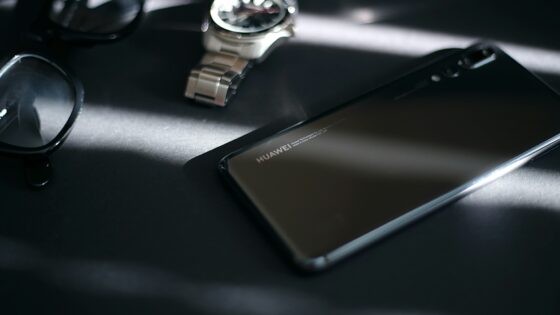Everybody knows how important it is to stay connected; however, many of us treat computers in the same way we treat cars; we know how to drive but we have no idea how an engine works or what a piston is, or what horsepower means. We know how to use computers, we can navigate the internet and send the odd email or two, but when it comes time to purchase a computer, we get so baffled by the terminology that we end up buying something we don’t really need because we’re just too embarrassed to tell the salesperson that we are clueless when it comes to the inner workings of PCs and laptops. Here are some of the basic terms explained.
Hardware refers to the basic physical parts that a computer is made of. Hardware will include the motherboard, the hard drive, and memory among other things.
The hard drive is where all saved data is kept. The capacity is measured in GB or gigabytes, with 160 GB being deemed sufficient for home computer usage; however some computers will have up to 1 Tb hard drives, which is massive.
The processor or central processing unit (CPU) is the hardware that interprets and processes data on the computer. A computer with a bigger processor will run faster. The speed is measured in megahertz and gigahertz; older computers will have slower processors that operate at a speed of 933 MHz, while newer ones may have a 3 GHz Pentium IV processor.
The motherboard is the main part of the computer and is the central circuit board that allows communication between different parts of the computer to occur via electric connections. One must remember that all parts of a computer must connect to the motherboard, and nowadays motherboards need they usually have on-board graphics, sound, USB ports, internet network connections, TV in an out and an entire host of other features.
RAM is the random access memory, which is a computer’s memory and allows the computer to work with its various components. It does things such as allow a user to run programs and will put them away once the user has closed them. RAM is measured in gigabytes and megabytes; most average computers have a RAM of 512 megabytes but it can be doubled to measure over 1 gigabyte.
CD-ROM, CD or DVD Burners are drives that most computers have to read information stored on CDs or DVDs. They are also capable of “burning”, which means a user can also record information on DVDs or CDs.
Peripherals are the physical bits and pieces of hardware that are added on to a computer via cables such as a mouse, a keyboard, a monitor and a modem.
The keyboard is like the input part of an old-fashioned typewriter and the letters are arranged in the exact same “qwerty” formation.
The mouse is a hand-controlled pointing device that allows the user to control computer tasks and data input. Computer input is controlled by a left and right click button.
The modem is the connection device which allows the user’s computer to communicate with others, meaning connect to the internet. This can be done through a phone line or a cable.
The monitor is the screen that allows you to see what you’re working on.































